Tel: 0086-17121115666
Email: sales@wiremeshfence.com
Water barriers are essential for safety on roads, especially at construction sites, events, and places with lots of pedestrians. They help guide drivers and create a safe space, reducing the chances of accidents and making roads safer.
These barriers are made of a strong type of plastic called polyethylene, which lasts a long time even when the weather is rough. Their design is smart and simple. They are light, so setting them up is easy and doesn’t need digging or attaching them firmly to the ground. Once they're in place, you can fill them with water. This gives them weight and helps them stay put. Also, their bright colors match the colors we expect on roads, so they are easy for everyone to see and understand.
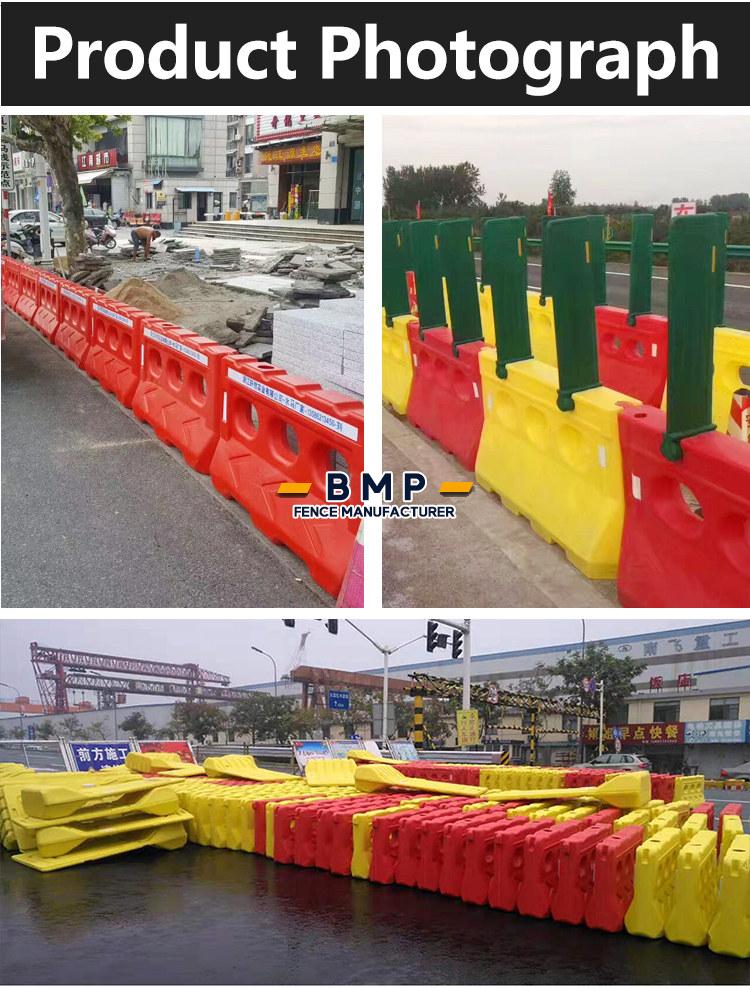
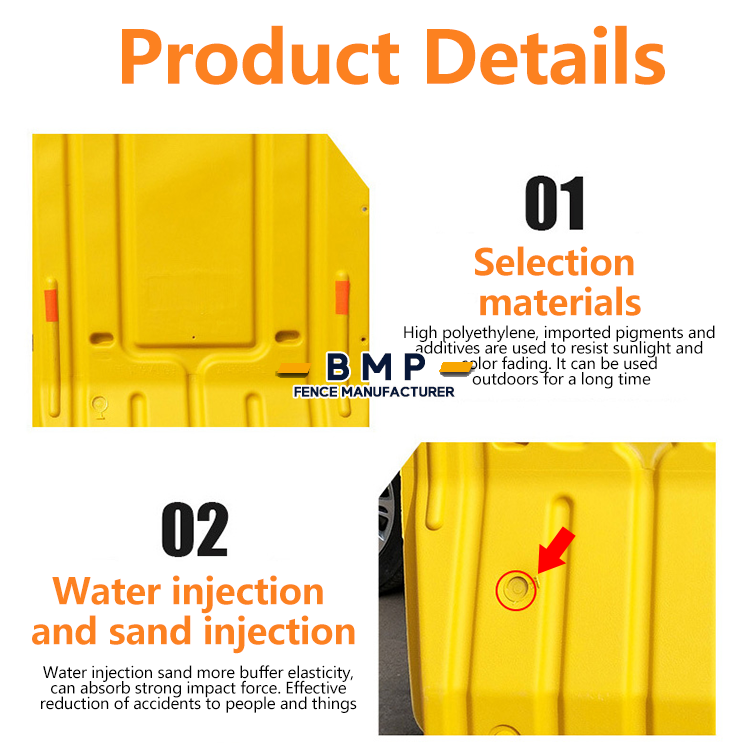
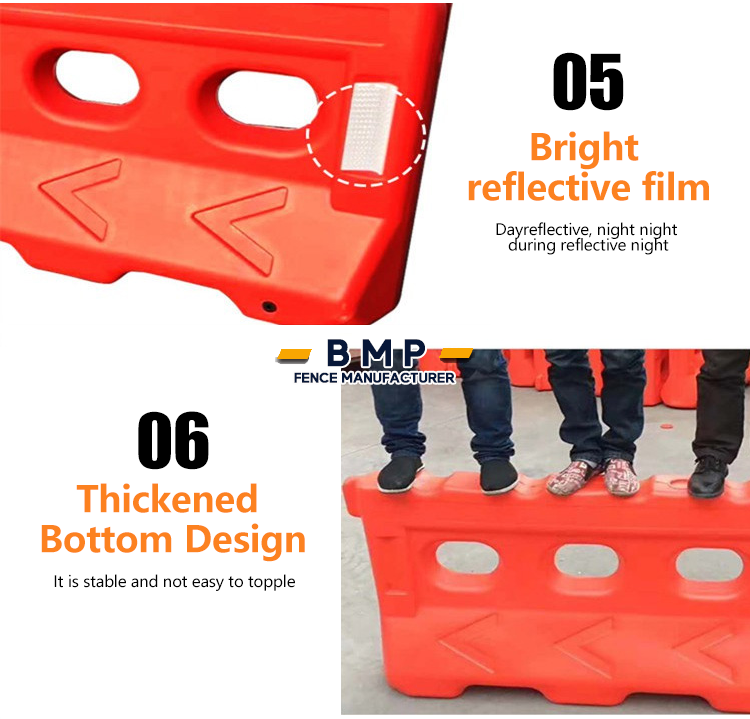
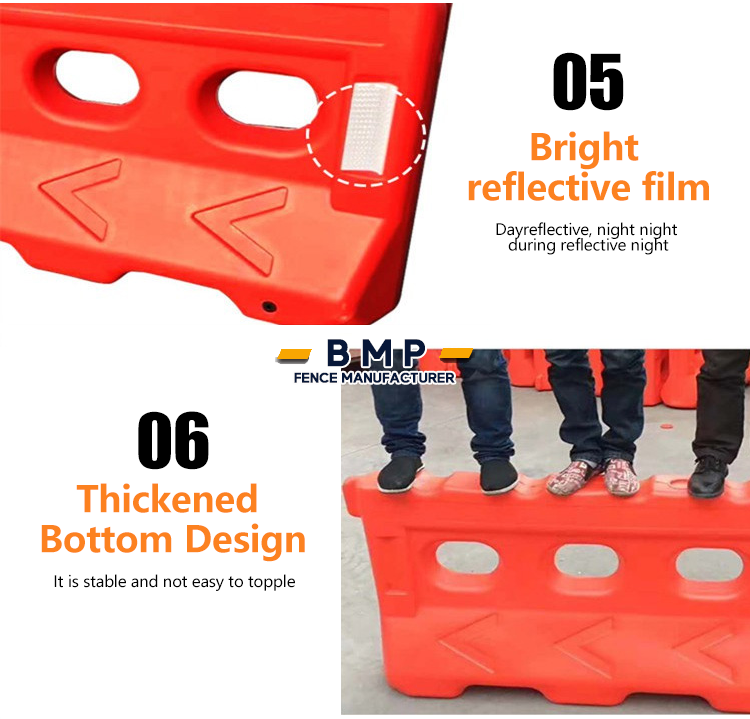
Water filled barriers are versatile and cater to a range of applications:
Road Construction: They act as guiding dividers for drivers, especially where roads might be narrowed or obstructed.
Pedestrian Safety: Ideal for carving out safe pathways for pedestrians, these barriers offer a reliable shield against oncoming traffic.
Event Management: Organizing traffic during events becomes streamlined with these barriers, ensuring smooth flow and organization.
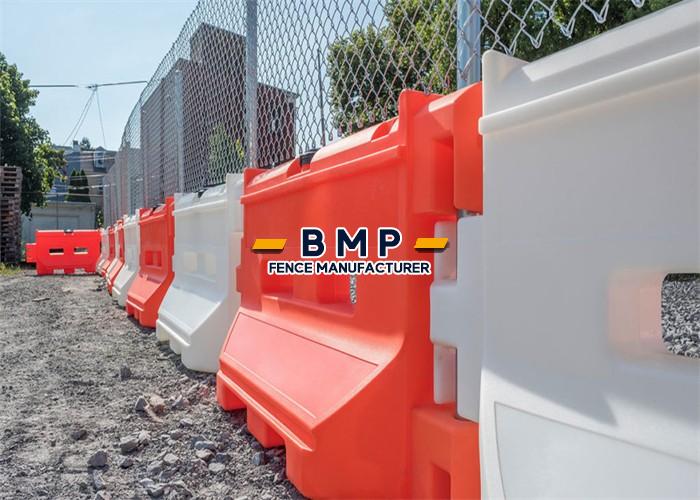
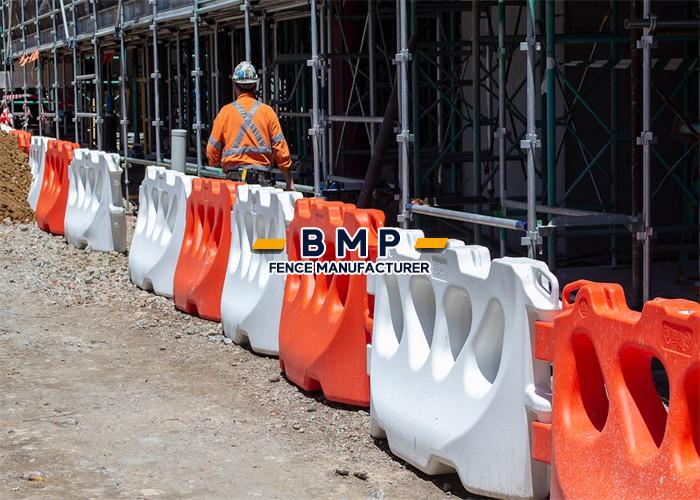
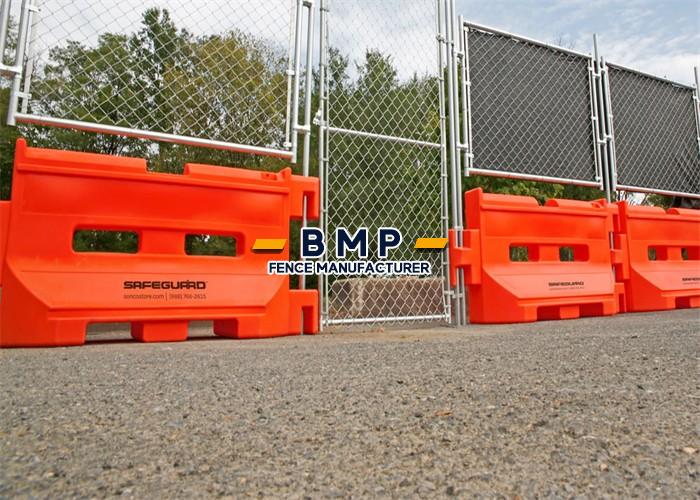
Guidance: Water barriers are instrumental in delineating travel routes for vehicles, ensuring adherence to planned paths.
Safety Enhancement: Their bright warning colors, often paired with reflective film, allow pedestrians and vehicles to instantly recognize them, prompting a slow-down for safety.
Ease of Installation: Lightweight and user-friendly, these barriers can be swiftly installed and put to use.
Durability: Crafted with imported PE, they offer enhanced cushioning post-water fill, absorbing forceful impacts, thereby minimizing potential harm to vehicles, the road, and personnel.
Flexibility: Their colors can be tailored as per road requirements, lucidly dictating the traffic route. Additionally, when used in tandem, they exhibit stronger bearing capabilities.
Convenience: Easy to transport and without the need for heavy machinery like that for cement counterparts, these barriers are cost-effective and versatile for any road use.
Specializing in traffic safety solutions, we stand as pioneers in this domain. Founded in 2006, our expertise lies in producing top-tier Red And Yellow Water Filled Wall Fences among other traffic and parking safety products. Rooted in principles of "Profession, Honesty, Innovation", we are committed to quality and fostering long-term collaborations.
1500MM Height Water Barriers:
UV stabilized
5-Year Service Life Guarantee
Brand: Tf
Colors: Red/Yellow/Blue/Customizable
Material: Plastic
Size: High: 450/700/800 CM
Water Filled Traffic Barricade:
High Quality Plastic Road Barrier
Model: WATER BARRIERS
Material: PE
Size: Length: 1000mm, Height: 1500mm
Weight: 9.5kg/pc
Water barriers are popping up everywhere: on roadsides, construction sites, and event venues. But have you ever stopped to think about what makes these barriers so sturdy and effective? The answer lies in the materials used to make them. In this article, we'll take a simple journey through the world of water barrier materials and find out why they are chosen.
Imagine driving on a road and suddenly, there's construction ahead. Without any guidance or separation, accidents can happen. Water barriers come in as lifesavers. They guide vehicles and pedestrians safely around construction zones, events, or any other obstructions. Filling them with water makes them stable and heavy enough to stay in place but light enough to move when empty.
Polyethylene (PE):
Most of the water barriers you see are made from this material.
Polyethylene is a type of plastic that's tough and can handle the elements. Rain, sun, snow – this material stands strong.
It’s flexible, so if a car nudges a water barrier, the PE will absorb some of the force, reducing potential damage.
UV Stabilizers:
Ever notice how some plastics fade or get brittle when left in the sun? Not water barriers.
They have UV stabilizers added to them. These chemicals protect the barriers from the harmful effects of the sun, ensuring they last longer.
Colorants:
The bright colors of water barriers aren't just for looks. They need to be seen!
Colorants are mixed into the material to give them their vibrant hues, ensuring they stand out, day or night.
Water barriers offer several advantages:
Lightweight: When empty, workers can easily move them. This makes setting them up or changing their positions much easier.
Safety: Because they're softer than concrete or metal, they cause less damage if hit by a vehicle.
Flexibility: Water barriers can be emptied, stacked, and transported to different locations. They're reusable and versatile.
You might associate water barriers mainly with roadwork, but they have other uses too:
Events:
Hosting a concert, marathon, or festival? Water barriers can help direct crowds and vehicles, ensuring everyone stays safe.
Emergencies:
In situations like floods, water barriers can act as temporary dams, helping to control water flow.
Sports:
They can be used to create temporary tracks or enclosures for sports events.
Given they're out in all sorts of weather and conditions, water barriers do need some care:
Cleaning: Every once in a while, give them a good wash. Dirt and grime can hide their vibrant colors, reducing visibility.
Checking: Look for cracks or damages. Although they're tough, constant hits or long-term use can wear them out.
Storage: If you're not using them, store them in a cool, shaded place. While they resist the sun well, long-term exposure can still slowly degrade them.
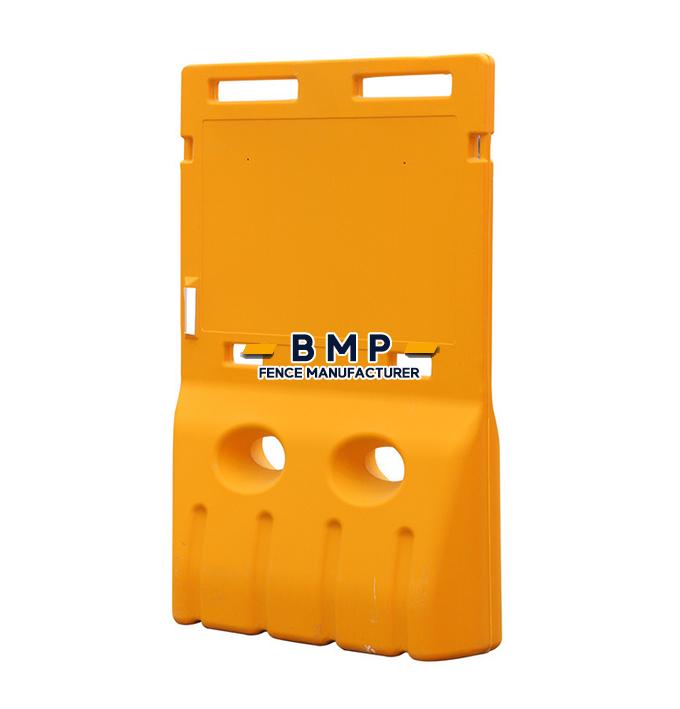
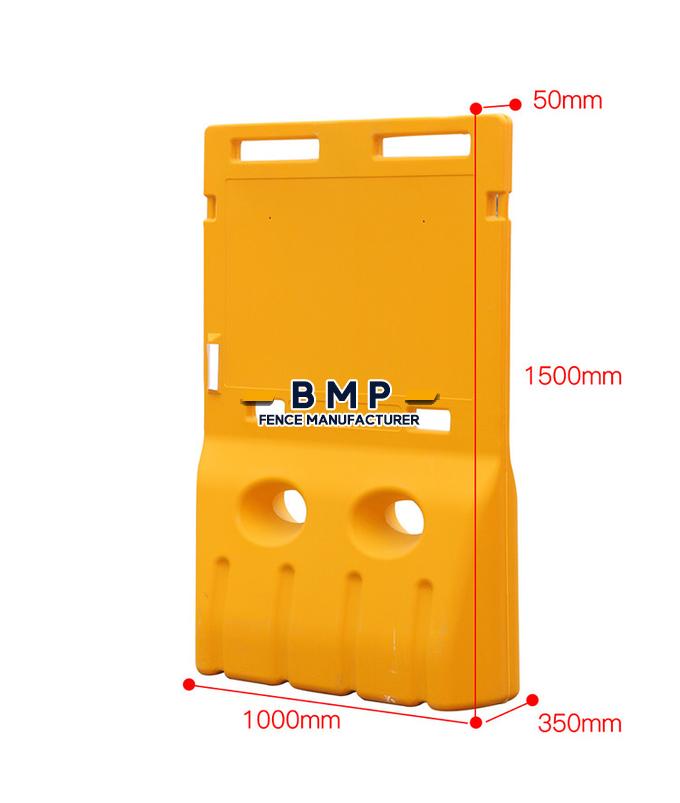
Materials play a massive role in the effectiveness of water barriers. Understanding these materials, like polyethylene, and the role they play can give us a better appreciation for these everyday heroes of road safety and crowd control.
As you drive by or walk past these barriers, you now know the science and care that goes into making and maintaining them. They're more than just plastic filled with water; they're tools of safety, flexibility, and durability. So, the next time you see one, give a nod to the world of material science that keeps us safe on the roads and beyond.
Looking for affordable Perforated Stainless Stee
Explore the factors influencing garrison fencing
Discover the convenience of Temporary Chain Link
Contact: Frank
Phone: 0086-17121115666
Tel: 0086-318-7883678
Email: sales@wiremeshfence.com
Add: 053600 B125-B135 Ziwu Indutries Zone Zi Wen Town Anping County Hengshui Heibei Province China
We chat
